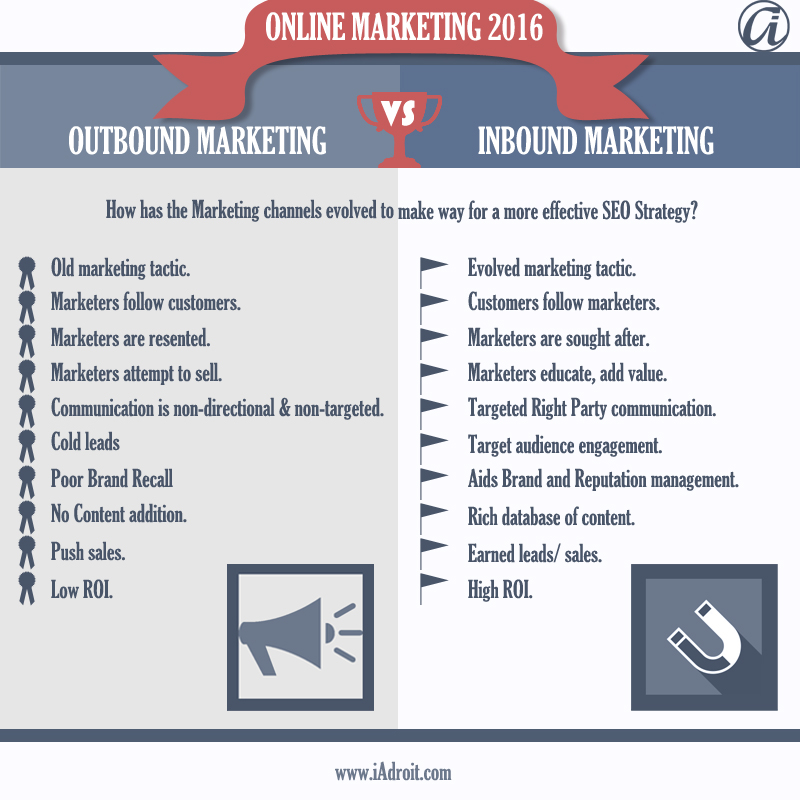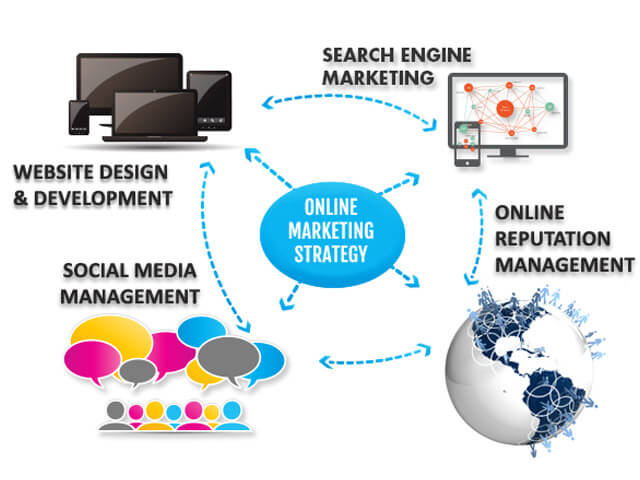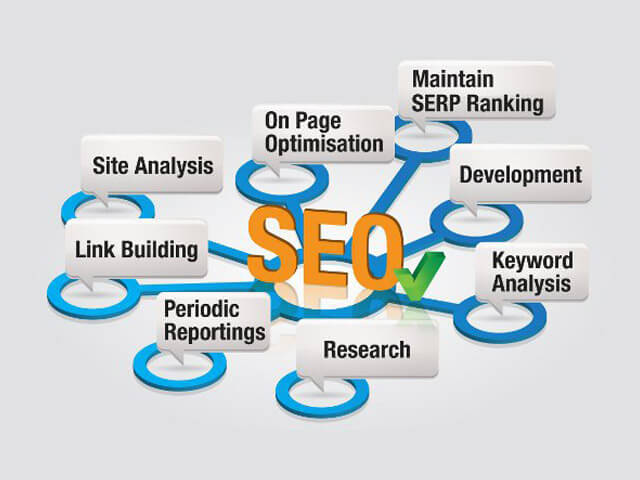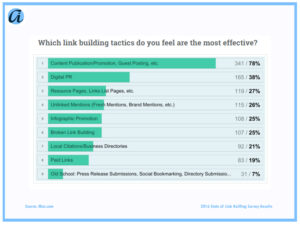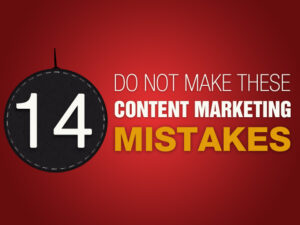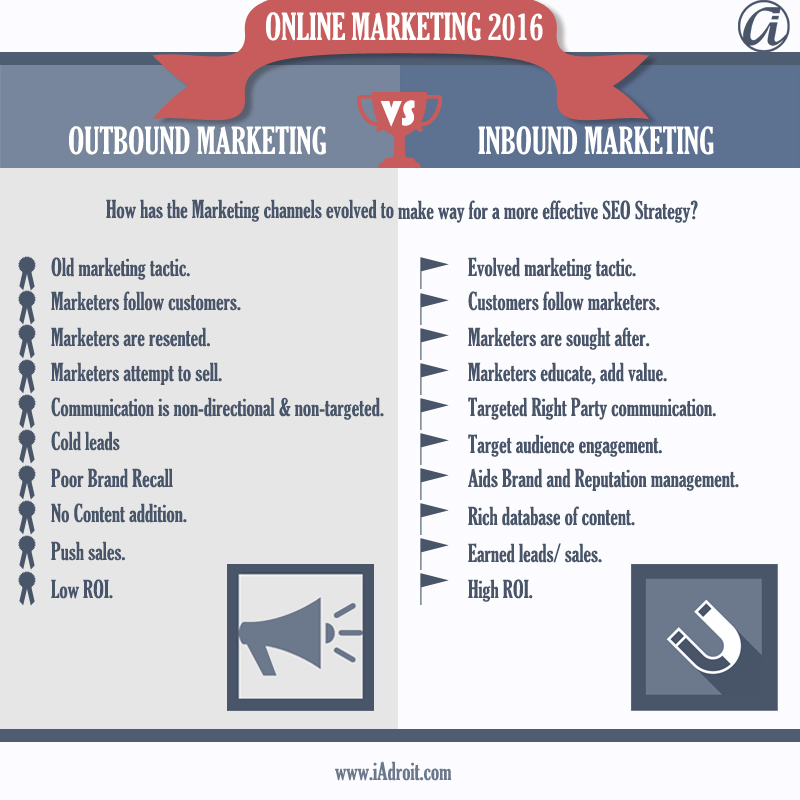 One of the nightmares of an entrepreneur is to have phone calls or emails from his company’s marketing team to potential leads be treated as intrusion, and turned down, worse dreaded! As much as we get used to it, the aggressive outbound marketing campaigns by SEOs are becoming more spammy in nature as your potential customers see it (and begin to resent it). The rising use of spam folders, plugins to control spammy emails/comments and ad blockers are a natural outcome to filter out the noise.
One of the nightmares of an entrepreneur is to have phone calls or emails from his company’s marketing team to potential leads be treated as intrusion, and turned down, worse dreaded! As much as we get used to it, the aggressive outbound marketing campaigns by SEOs are becoming more spammy in nature as your potential customers see it (and begin to resent it). The rising use of spam folders, plugins to control spammy emails/comments and ad blockers are a natural outcome to filter out the noise.
As such, marketing your products and services more effectively to your audience needs thought and a strategy that is more welcome to your audience, something that is less intrusive. Trying to sell too early or too frequently in a marketing pitch can spoil the enthusiasm of a user starting to get interested in what you have to say. Its time you offered a value add to your potential customer for free, without asking for anything in return. If they see the value, they will respond positively to your call to action. Inbound Marketing is the new SEO strategy ahead in 2016, an effective plan that is more considerate of a customer’s time and patience. The second best outcome of a sale is attention and engagement, which an effective inbound marketing campaign has the potential to guarantee.
Best Ways of Inbound Marketing
As the name suggests, inbound marketing is a marketing strategy that invites and earns your audience’s attention to your website instead of marketing associates reaching out to customers proactively through calls, emails or personal visits. Hence it requires tools or content that can attract customer attention positively to your offer. There are many guides on how to build inbound marketing, for example this.
Use your resources including your domain expertise to create a successful inbound marketing solution. Create useful content (not ‘marketing material’) that your audience is likely to benefit from and make it freely available to your target audience. There are two parts to this – one, creating useful content, and two, making it available to your users.
‘Useful content’ is a powerful term combination. It can turn the tide on your side. Hence it is important to research a bit about your market and what is termed as useful data to your user base. Invest resources, time and money (if needed on paid sources) to conduct a thorough research on what can help your users, and access the information. It could be restricted market information, survey data, discussing market trends, debating latest laws imposed and their implication on your market, so on and so forth.
Once you have a database of subject matter, think of ways to build the content in a way that is user-friendly, convenient and innovative. One of the most basic yet powerful tool to generating quality content for SEO is through Blogs. Other ways of presenting content could be though videos (Rand’s White Board Friday in SEO domain is a great example), webinars, downloadable white papers, eBooks, and PDF guides. Alternatively, think of free tools and software that can address a simple yet fundamental need. Free tools are great ways to engage leads and introduce your free products for a start.
Whatever content you decide works best for your industry should be visually appealing too. There is too much competition for quality content, and you can win by being stylish at the same time. So, do not undermine content design in SEO.
The second part is the distribution of your content. Your website is the first and most obvious destination. List the information clearly on your home page and make it visible on all your top landing pages. Your Blog should talk the latest content you upload, and get your evangelists and marketing partners mention about your content launch in their marketing network. Social media is a crucial channel of marketing that should be exploited, as does your soft outbound mailers.
Do we stop Outbound Marketing?
The answer is no. SEO evolves, it does not suddenly change. Your SEO strategy should be comprehensive and every marketing effort should make sense from the perspective of the end marketing goal. Outbound strategies work well for some customers, and many users respond well. Balancing is key, so you do not exploit a medium. Keep track of all marketing channels and sales funnels until you reach a balance and get the maximum ROI of your marketing efforts.
Online Marketing is more volatile today than ever before. A successful SEO strategy is one that is constantly updated with the change in your marketing goals. A perfect inbound SEO team is one that is highly analytical, has enough experience with search engine optimization and has the tenacity to monitor regular changes in your ROI with every modification to your marketing input. Soon you will have a inbound marketing strategy of your own that works well to attract, engage and delight your audience. For an end user, a source that displays sound knowledge on a domain is a good spot to trust and start business with. So your content platform can turn out to be your single most effective channel of bringing in new business without demanding it.
